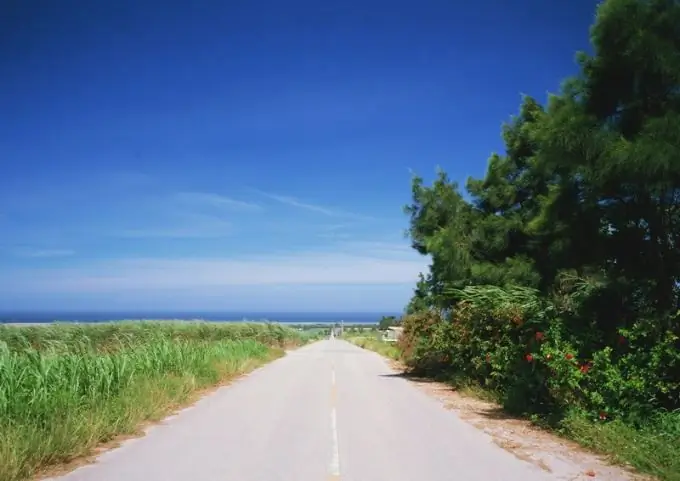- Author Nora Macey [email protected].
- Public 2023-12-16 10:17.
- Last modified 2025-01-23 08:47.
The complex of irregularities of the solid earth's surface, called relief, since the time of man's appearance, has influenced all types of human activity, including economic production. The construction of engineering structures, the extraction of natural resources, and the development of road infrastructure depend on the terrain.

The relief of the planet is diverse - from high mountains to wide plains. Like all other components of nature, the relief is constantly changing. Modern relief-forming processes are divided into internal (endogenous), caused by movements of the earth's crust, and external (exogenous).
Relief in the history of mankind
Since ancient times, man has used caves and sheds for permanent parking. Driving hunts were carried out in river steep slopes or karst massifs.
At the stage of the formation of the most ancient states, people used relief forms as defensive fortifications. For example, more than a dozen fortresses, created in remnant relief forms, separated Upper Egypt from Nubai.
In the Middle Ages, the linkage of agricultural activity to the relief is clearly traced. Agriculture and cattle breeding were widespread in the flat areas.
Relief in economic activity
On the plains, it is easier to cultivate the land and graze livestock. Carrying out economic activities in the mountains was much more difficult and extreme. This is due to the difficult terrain and climate. That is why the mountainous areas are less developed than the plain ones. The number of human activities in difficult terrain was quite limited. Mineral and hydropower resources were mainly used.
In modern conditions, with the growth of human technical capabilities, this feature of the mountainous relief no longer plays such a big role. Man has learned to change the relief - for example, the Baikal-Amur Mainline is laid through seven high ridges (Baikalsky, Bureinsky, Kadarsky, etc.). For the construction of the highway, a network of tunnels was laid through the rocks.
Gradually, the mountainous area acquires new functions: production, sports, tourism, health.
Historically, most of the population lives in flat areas. In floodplains and lowlands, it is easier to farm, carry out construction work, develop road infrastructure, and extract minerals.
When performing all types of work in conditions of flat relief, it is required to use fewer resources (human and material) than in conditions of mountainous relief.






